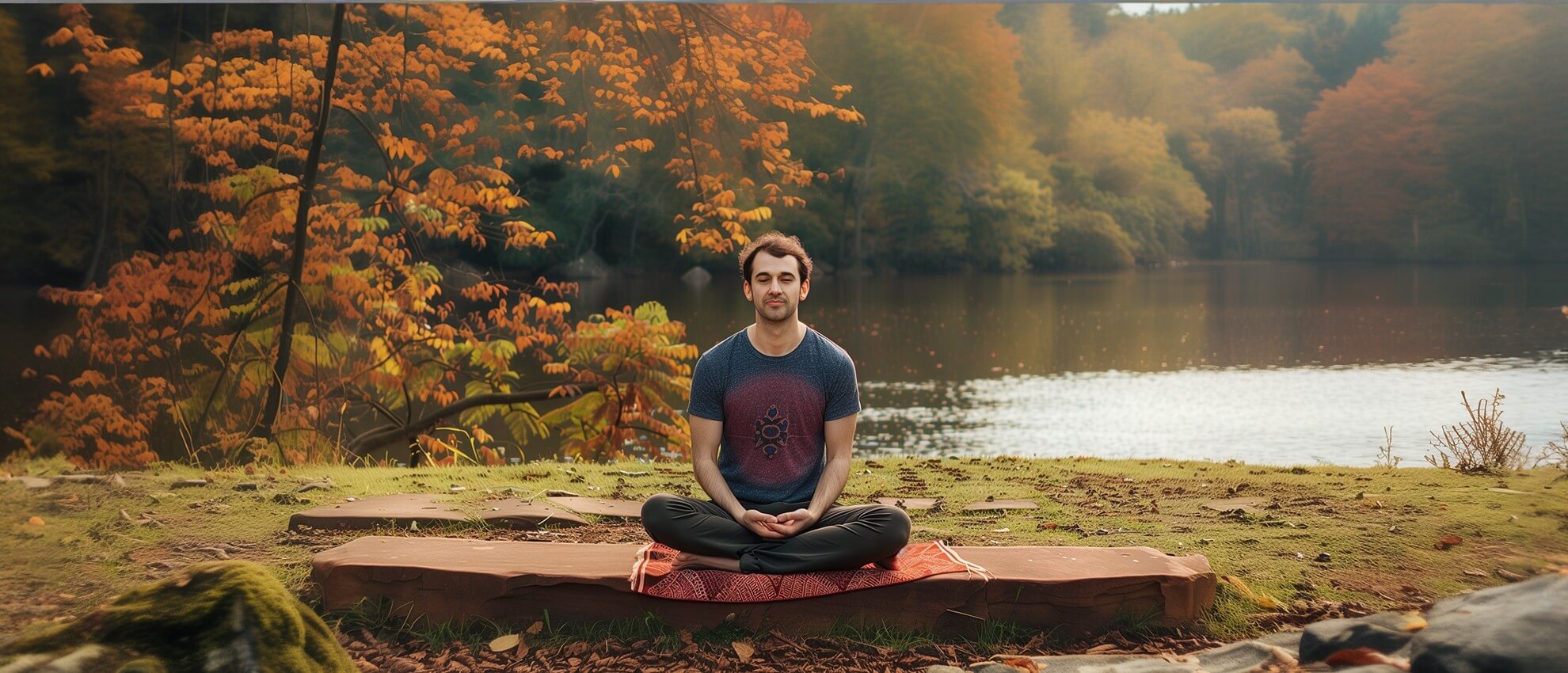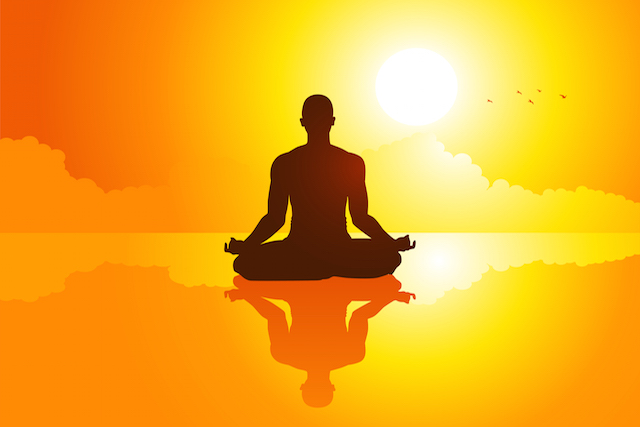A Step-by-Step Technique on How to Meditate? for Anxiety Alleviation
A Step-by-Step Technique on How to Meditate? for Anxiety Alleviation
Blog Article
How to Meditate: A Step-by-Step Approach to Getting Mindfulness and Calm
Reflection functions as a powerful device for accomplishing mindfulness and psychological calmness in a busy world. By recognizing the fundamental principles and strategies associated with meditation, individuals can grow a technique that enhances their general wellness. This discussion will describe necessary steps, from producing a favorable setting to integrating meditation into everyday regimens. As we discover these components, it becomes clear that the journey to mindfulness is not simply concerning the act of resting in silence, but instead concerning fostering a deeper connection with oneself and the world around us. What might this change involve?
Comprehending Meditation
Understanding meditation entails grasping its fundamental concepts and strategies, which function as the structure for the technique. At its core, reflection is a psychological workout focused on promoting relaxation, constructing internal energy, and developing compassion and understanding. The technique motivates individuals to focus their attention, usually via methods such as deep breathing, visualization, or rule repetition.
Meditation can be classified right into numerous styles, including mindfulness, transcendental, and loving-kindness reflection, each with distinctive objectives and methodologies. Mindfulness meditation stresses present-moment recognition and non-judgmental monitoring of ideas and sensations, while copyright involves using certain mantras to go beyond average mind. Loving-kindness reflection concentrates on creating an attitude of love and empathy in the direction of oneself and others.
No matter the method employed, the primary objective continues to be consistent: to grow a much deeper understanding of the mind and its patterns. This self-awareness promotes emotional strength, clarity of idea, and a profound feeling of calm (How to meditate?). By recognizing these concepts and techniques, individuals lay the foundation for a successful reflection practice that can dramatically improve their overall well-being
Getting Ready For Your Practice
Prior to starting your meditation technique, it is important to create a setting for focus and leisure. Select a quiet area where you are not likely to be disrupted. This can be an edge of a room, a garden, or any kind of place that evokes a feeling of peace. Ensure that the area is free and tidy of clutter, as a tidy atmosphere can aid clear the mind.
Consider the illumination, as natural light can improve your state of mind and power. Soft, cozy lights is often much more relaxing than rough fluorescent lights. Additionally, choose a comfy temperature, ensuring that you are neither too hot neither also cold.
Integrating elements that promote tranquility can even more enhance your experience. This might include soft cushions or blankets for convenience, as well as relaxing fragrances from essential oils or scent. It can additionally be valuable to have actually a timer established for your reflection session to prevent interruptions from clock-watching.
Standard Meditation Strategies

Another efficient strategy is body scan meditation. This entails mentally scanning your body from head to toe, seeing any locations of tension or discomfort and knowingly loosening up those muscles. This method cultivates a deeper link in between your mind and body.

Lastly, loving-kindness reflection concentrates on cultivating concern in the direction of yourself and others. Calmly repeat expressions of goodwill, enhancing psychological wellness and interconnectedness. Each of these techniques functions as a structure for your meditation trip, allowing you to locate the approach that reverberates best with your individual method.
Maintaining Emphasis and Mindfulness

Developing a committed meditation area can improve the capability to preserve mindfulness. A quiet, uncluttered environment reduces diversions, permitting for much deeper immersion in the technique. In addition, establishing a time restriction can assist handle expectations; starting with shorter sessions might ease the transition right into longer techniques.
Making use of methods such as body scanning or observing feelings can also bolster mindfulness. These methods encourage practitioners to remain existing and engaged with their physicality, anchoring their focus in the minute. Routine practice is important; the mind constructs strength gradually, producing a stronger ability for emphasis.
Incorporating Meditation Into Day-to-day Live
Integrating reflection right into daily life can change regular activities right into chances for mindfulness and self-reflection. By incorporating mindfulness methods right into typical tasks, people can cultivate a better sense of presence and peace in the middle of the busyness of day-to-day life.
Begin by recognizing moments throughout your day where you can stop and practice mindfulness. During your early morning commute, focus on your breath or the feelings of the environment around you. In the kitchen area, approach food preparation as an introspective practice, relishing the structures, colors, and fragrances of the ingredients. Also ordinary activities like cleaning recipes or walking can come to be opportunities for reflection by routing your attention to the moved here sensations of motion and the audios surrounding you.
In addition, setting apart committed times for meditation can reinforce its practice. Start with short sessions, slowly raising duration as you become more comfortable. Use pointers or hints-- like a particular time of day or a calming noise-- to develop consistency.
Inevitably, the objective is to weave mindfulness right into the material of daily life, permitting you to approach each moment with objective, thus improving your overall sense of health and quality.
Verdict
Finally, efficient meditation needs a peaceful atmosphere, a comfortable position, and an emphasis on the breath. By enabling thoughts to arise without judgment and consistently rerouting interest to the breath, professionals can attain enhanced mindfulness and tranquility. Incorporating numerous strategies, such as body scanning and loving-kindness expressions, can better enhance the method. Routine reflection, even in brief sessions, cultivates a deeper link to the here and now moment, ultimately causing better tranquility and psychological clarity in life.
Meditation can be classified into numerous styles, consisting of mindfulness, transcendental, and loving-kindness meditation, each with distinctive purposes and techniques. Mindfulness meditation highlights present-moment awareness and non-judgmental observation of ideas and feelings, while transcendental reflection entails the usage of specific rules to go beyond common thought processes.With your reflection space prepared, it's time to check out numerous basic meditation methods that can aid cultivate mindfulness and inner tranquility.Continually maintaining focus and mindfulness during reflection can be difficult, particularly for those brand-new to the method.Establishing a committed meditation space can enhance the capability to keep mindfulness.
Report this page